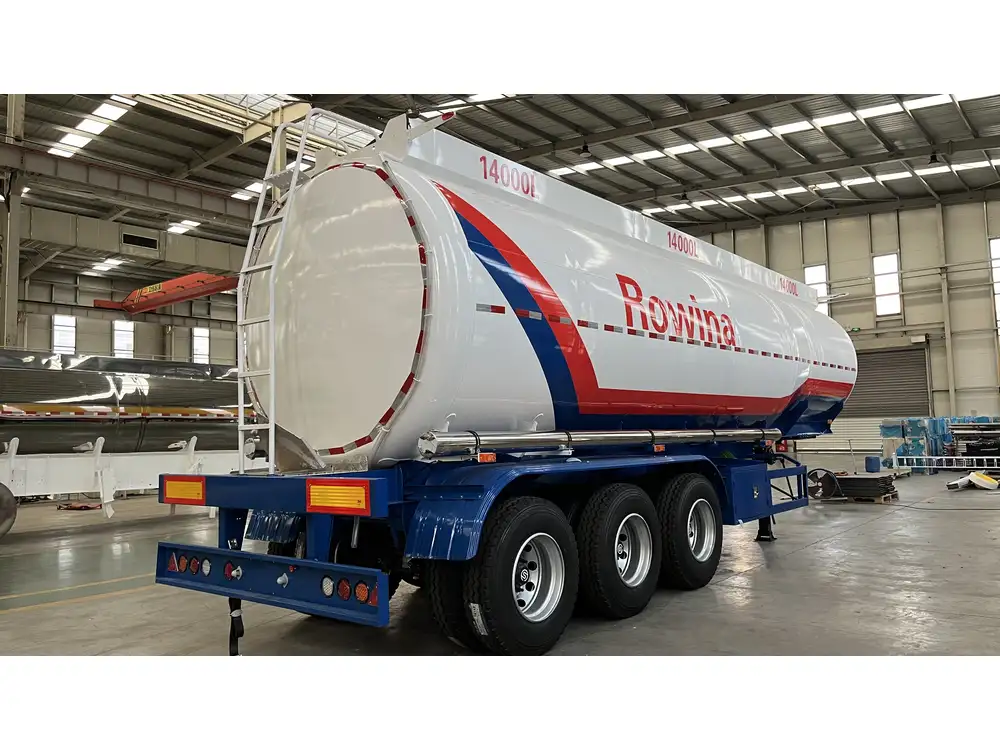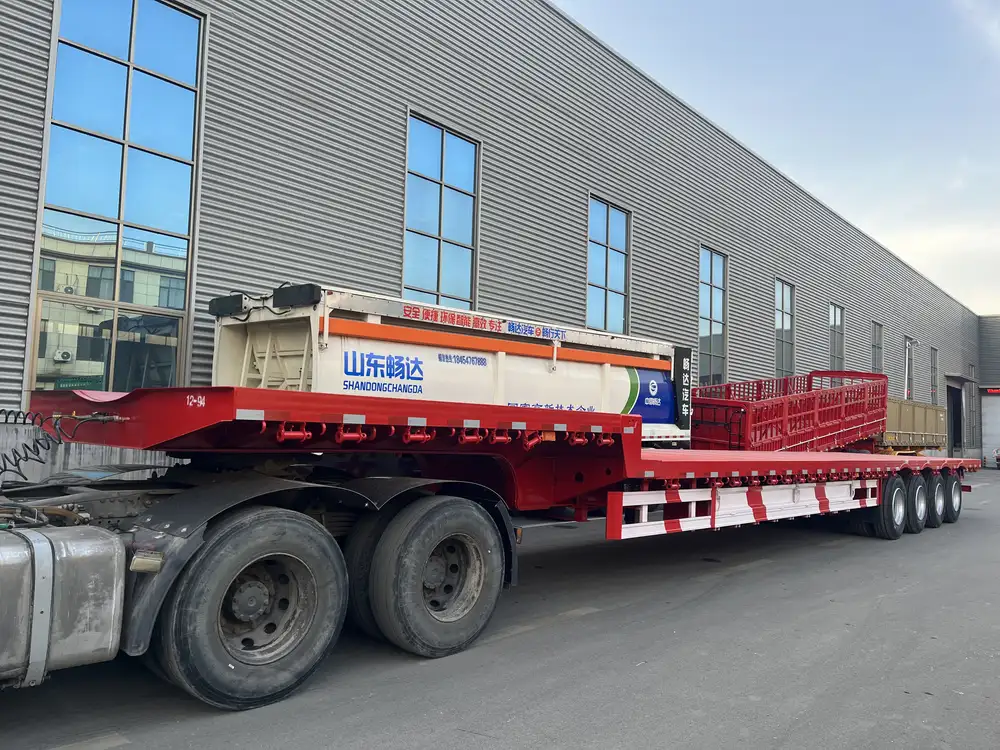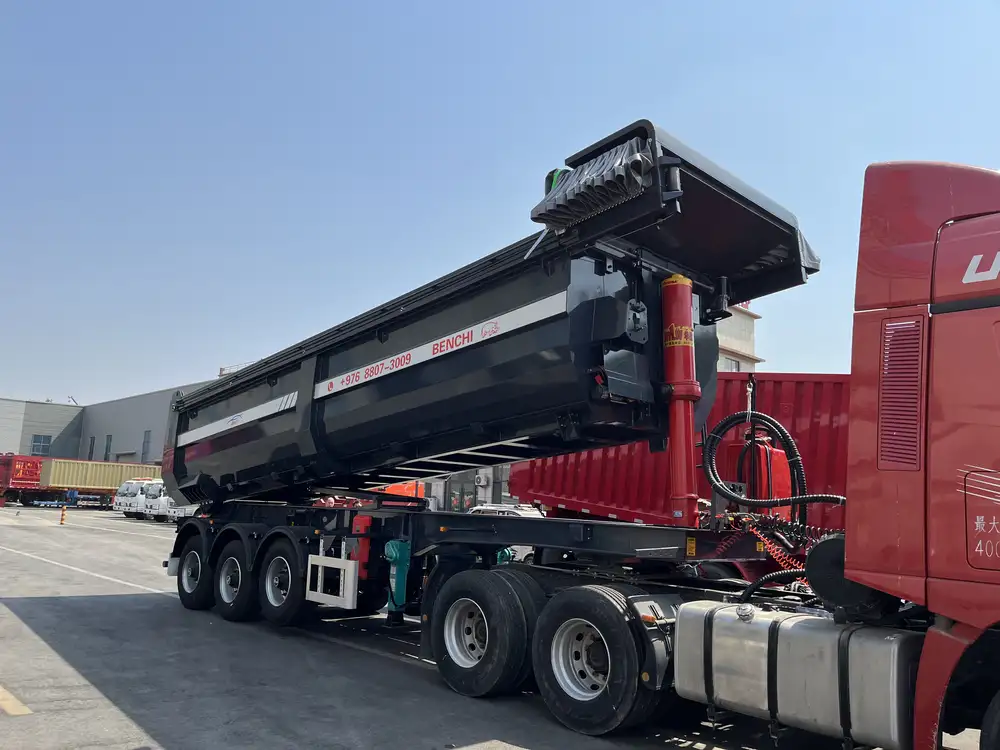Navigating the complexities of hooking up and unhooking semi-trailers is an essential skill for any truck driver or fleet operator. The process, albeit straightforward, requires careful attention to detail and adherence to safety protocols. This guide aims to thoroughly dissect each step involved in the process, ensuring that you become proficient in this vital aspect of hauling freight.
Understanding the Components of a Semi-Trailer
Before diving into the act of connecting or disconnecting, it is crucial to familiarize yourself with the components involved. The main players in the hooking and unhooking process include:
| Component | Function |
|---|---|
| Fifth Wheel | The coupling device that secures the semi-trailer to the tractor. |
| Kingpin | The protrusion on the trailer that locks into the fifth wheel. |
| Air Lines | The lines that provide brake and control functions to the trailer. |
| Electrical Plug | Connects the trailer lighting and braking systems to the tractor. |
| Safety Chains | Serve as a backup in case of uncoupling while on the road. |
Preparing for the Hook-Up Process
- Safety First: Ensure that you are wearing appropriate Personal Protective Equipment (PPE), including gloves and safety footwear.
- Inspect the Equipment: Conduct a thorough inspection of both the tractor and the semi-trailer. Check for any visible damages or leaks in the air lines and ensure that the kingpin is clean and undamaged.

Step-by-Step Guide to Hooking Up a Semi-Trailer
Position the Tractor
- Align the Vehicle: Position the tractor directly in front of the trailer’s kingpin.
- Reverse Carefully: Shift into reverse, checking your mirrors and surroundings to avoid obstacles.
Engage the Fifth Wheel
- Lower the Coupling Plate: Ensure the fifth wheel is in the unlocked position and lower it if necessary.
- Guide the Kingpin: As you reverse, align the kingpin in the opening of the fifth wheel.
*Pro Tip:* If precise alignment is challenging, use a spotter to help guide you into position.- Lock the Trailer: Once the kingpin is secure in the fifth wheel, engage the locking mechanism. Listen for the audible click indicating that the trailer has been successfully coupled.

Connect Air Lines and Electrical Cables
Attach the Air Lines: Gently pull the air lines towards the tractor and connect them to corresponding fittings. Ensure they are fitted snugly to prevent air leaks.
- Red Line: Emergency brakes.
- Blue Line: Service brakes.
Connect the Electrical Plug: Plug the electrical connector into the tractor’s socket. This connection powers the trailer’s lights and brake systems.
Perform Final Checks
- Test the Connections: Activate the trailer brakes by stepping on the brake pedal in the truck to confirm the air lines are functioning properly. Check that all lights (brake, turn signals, and running lights) are operational.
- Safety Chains: Attach the safety chains securely to provide additional security.
Unhooking a Semi-Trailer: Step-by-Step Instructions
Unhooking a semi-trailer is a reversal of the hooking process, and it requires equal diligence to ensure safety.

Prepare for Disconnection
- Park on Level Ground: Ensure the vehicle is parked on a level surface to facilitate easy disconnection.
- Set the Brakes: Engage both the tractor and trailer brakes firmly to prevent movement.
Disconnecting Air Lines and Electrical Cables
- Remove the Electrical Plug: Disconnect the electrical socket carefully by pulling it directly out of the tractor’s receptacle.
- Disconnect Air Lines: Pull the red emergency line and blue service line to release them from their fittings. Ensure any residual air is released properly.
Release the Fifth Wheel Lock
- Chalk the Trailer Wheels: Place wheel chocks on the trailer wheels to prevent rolling.
- Unlock the Fifth Wheel: Pull the release handle located on the fifth wheel to disengage the locking mechanism. The trailer should no longer be secured to the tractor.

Move the Tractor Away
- Pull Forward Slowly: Carefully drive the tractor ahead while ensuring that the trailer remains stationary. Keep an eye on your surroundings for any potential hazards.
- Check for Secure Release: Confirm that the kingpin has fully cleared the fifth wheel by checking mirrors before exiting the vehicle.
Additional Tips for Safe Hooking and Unhooking
- Communicate Effectively: If working with a team, maintain clear communication. Use hand signals or walkie-talkies to ensure everyone is on the same page.
- Stay Aware of Surroundings: Always be vigilant of your environment. Look out for pedestrians, other vehicles, and any potential hazards that may arise during the process.
- Regular Maintenance: Conduct routine checks on your coupling devices, air lines, and electrical connections to ensure they are functioning properly and look for any signs of wear.
Common Issues and Troubleshooting
While hooking and unhooking a semi-trailer may seem straightforward, several challenges can arise. Below are common issues and their troubleshooting methods:
| Problem | Possible Causes | Solutions |
|---|---|---|
| Fifth Wheel Won’t Lock | Dirty or damaged fifth wheel | Clean the fifth wheel and inspect for damage. |
| Air Leaks | Worn hoses or fittings | Replace damaged air lines and tighten fittings. |
| Electrical Failure | Faulty plug or wiring | Inspect connections and replace any damaged wiring. |
| Trailer Rolls After Disconnect | Chocks not used or improperly placed | Always use wheel chocks when parking and disconnecting. |

Conclusion: Mastering the Hook-Up and Unhooking Process
Mastering the art of hooking up and unhooking semi-trailers is paramount for effective operation within the trucking industry. With comprehensive knowledge and adherence to safety practices, you will minimize risks associated with trailer operations.
Becoming adept at this process not only enhances your own safety but also contributes to the operational efficiency of your fleet. Regular practice and continual learning are key to navigating this essential skill. We encourage you to include this guide in your training materials or as part of standard operating procedures (SOPs) within your organization, ensuring that all personnel are well-equipped to handle trailer operations proficiently.
By equipping yourself with these essential skills, you will not only ensure compliance with industry standards but also enhance your overall operational efficacy, leading to increased productivity and safety on the roads.



